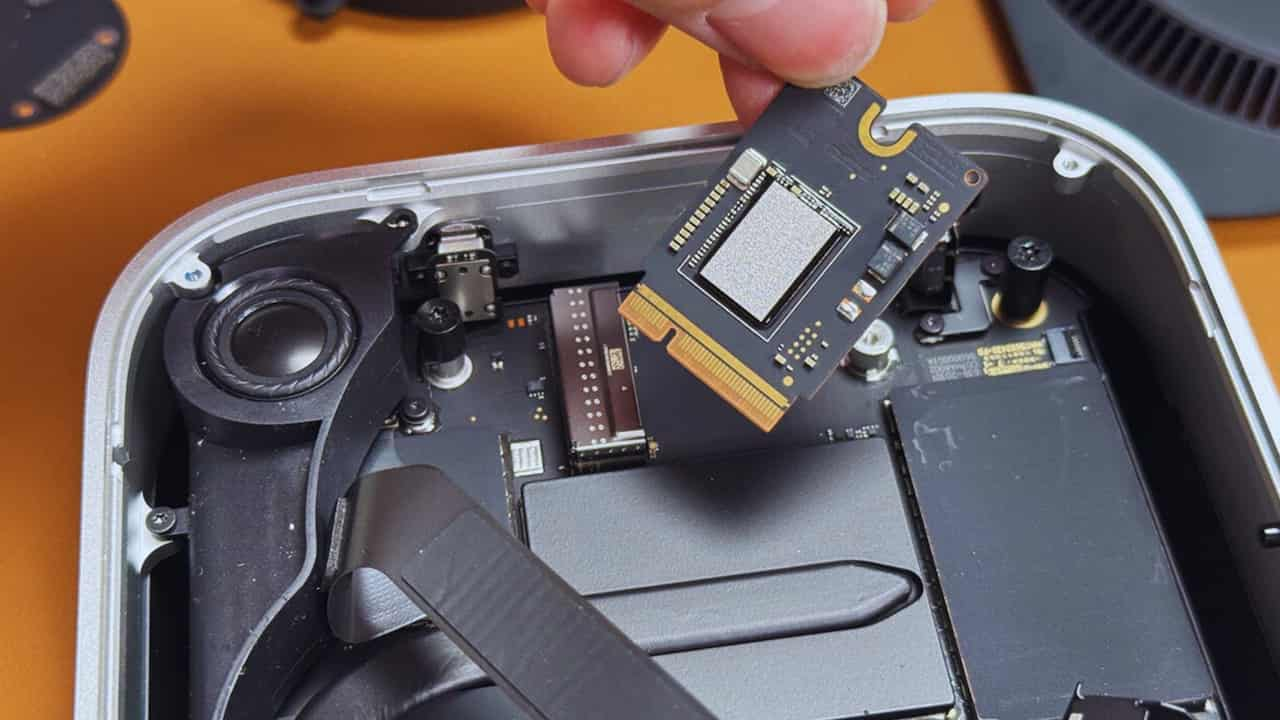Apple’s Bold Move: New Mac Mini Sparks Debate with Innovative Design Choices
In a surprising turn of events, Apple’s 2024 Mac mini has become the center of attention in the tech world, not just for its powerful upgrades but for some intriguing design choices that have both delighted and puzzled users.
As a tech reporter who’s been following Apple’s innovations for years, I can tell you this isn’t your ordinary product launch. The latest Mac mini, powered by the cutting-edge M4 and M4 Pro processors, brings some unexpected twists to the table.
First, let’s talk about what’s getting everyone excited: the storage situation. In a notable departure from previous designs, the new Mac mini features a removable SSD module.
But before you get too excited, here’s the catch: while it’s technically removable, it’s not as simple as swapping out your average hard drive. Apple has employed a proprietary module that bears resemblance to those in the Mac Studio and Mac Pro.
Chinese repair shops have found a workaround, successfully upgrading 256GB models to 2TB by replacing the NAND chips. However, this isn’t something you should try at home unless you’re skilled with a soldering iron. The beneficial news? Even the base model comes with dual NAND chips, which means faster data transfer speeds for everyone.
Now, here’s where things get interesting. In what might seem like an odd choice, Apple placed the power button on the bottom of the device. When questioned about this decision, Apple executives Greg Joswiak and John Ternus explained that this was a necessary trade-off to achieve the mini’s remarkably compact size.
Before you raise your eyebrows too high, there’s some method to this apparent madness. The executives pointed out that most Mac mini users rarely power off their devices completely, instead using sleep mode for quick access.
The bottom placement allowed Apple’s engineers to pack more power into a smaller space, including a clever spiraling heatsink design and a separate motherboard for Wi-Fi and Bluetooth components.
Despite these quirks, Apple has kept the pricing competitive. The base model starts at $599, featuring 16GB of unified RAM and a 256GB SSD. Even better, retailers such as Amazon are already offering discounts, making the base model available for $549—a $50 savings immediately.
Power users can now get the 512GB model for $749, which is also $50 off, and the top-end M4 Pro version for $1,355, which is a reduction from its original $1,399 price.
What’s particularly impressive is how Apple has managed to maintain performance while shrinking the footprint. The engineering team had to get creative, using a dual-board design to fit all the components into the compact chassis without compromising on power or functionality.
The verdict? While some of Apple’s design choices might seem unconventional at first glance, they reflect a careful balance between form, function, and innovation. Whether these trade-offs are worth it will ultimately depend on your specific needs, but one thing’s clear: Apple isn’t afraid to think differently, even with their smallest Mac.
As we continue to see how users adapt to these changes, one thing remains certain: the new Mac mini represents Apple’s ongoing commitment to pushing boundaries, even if it means putting power buttons in unexpected places.
